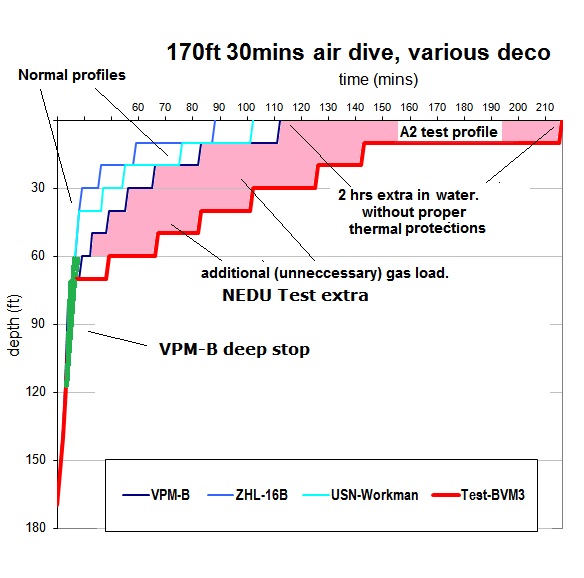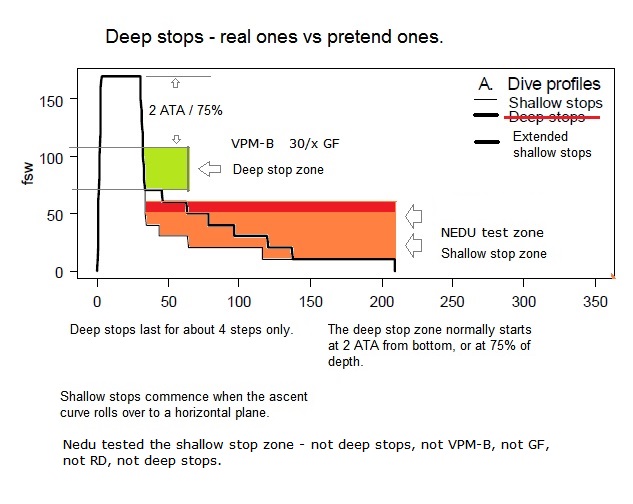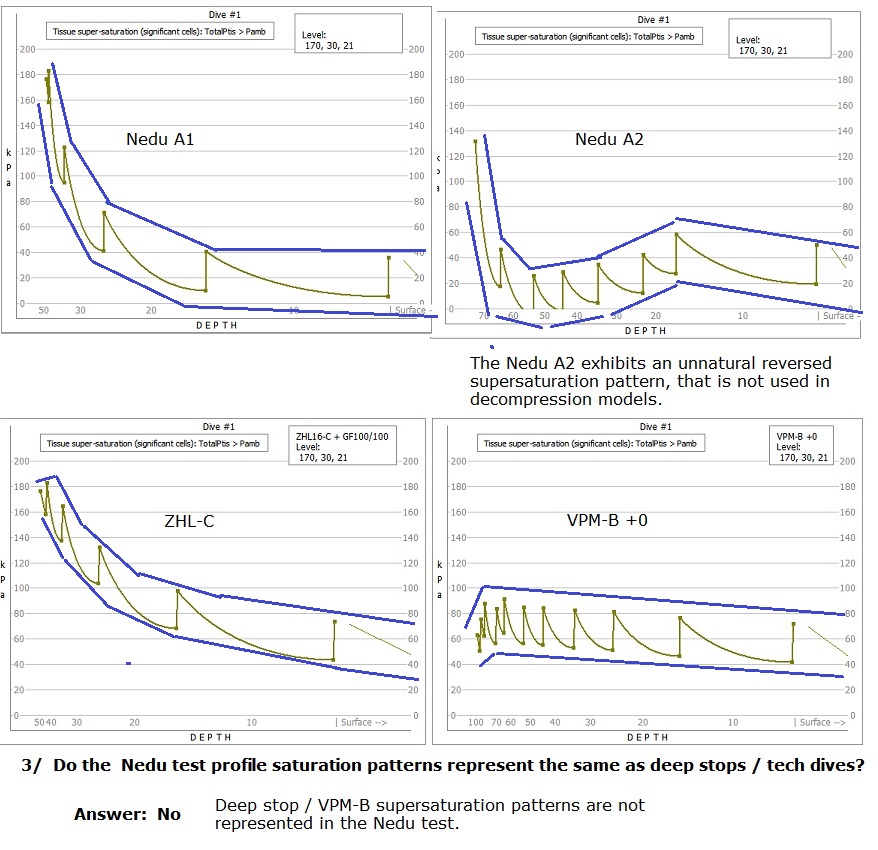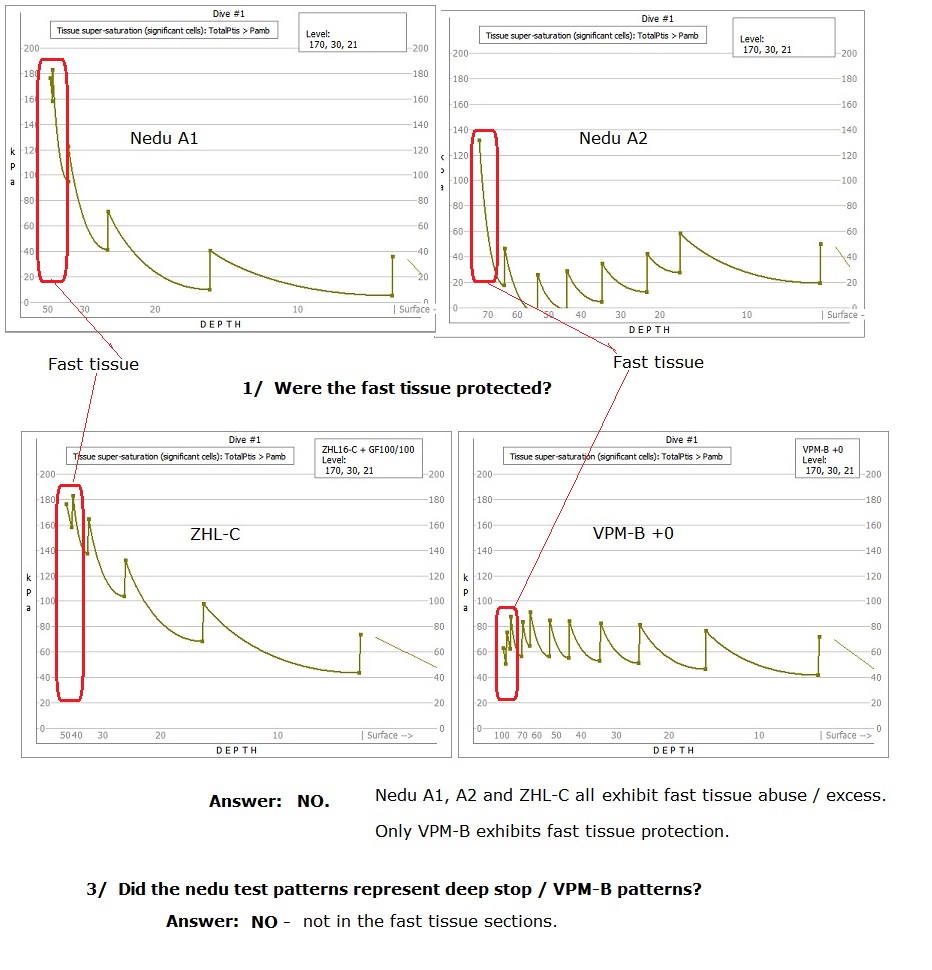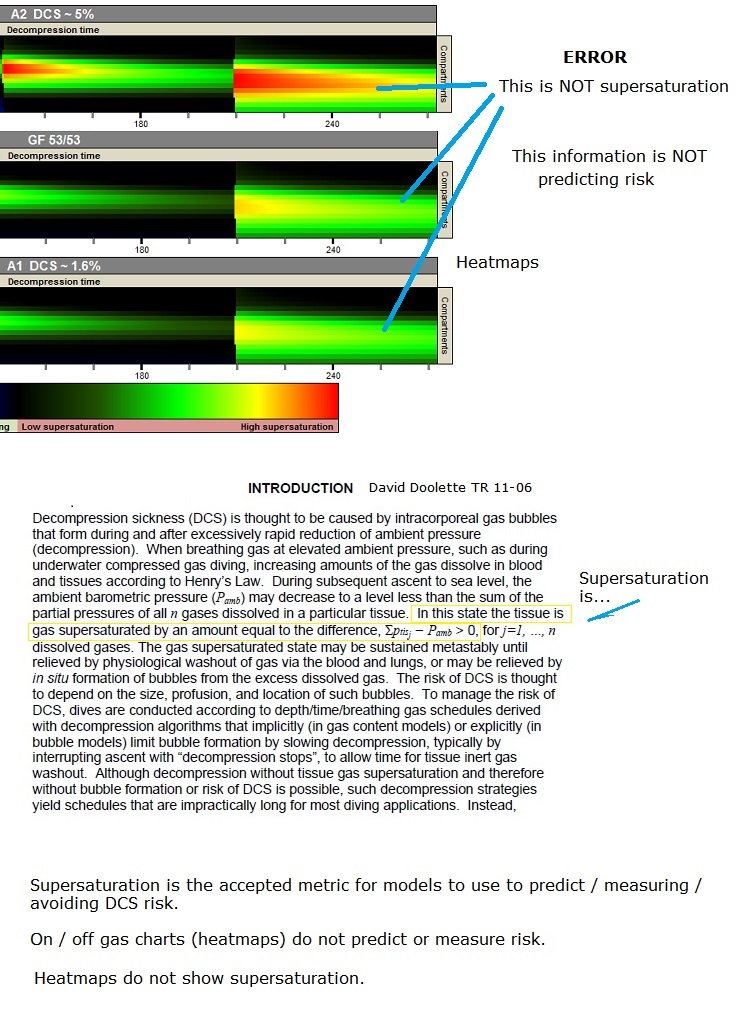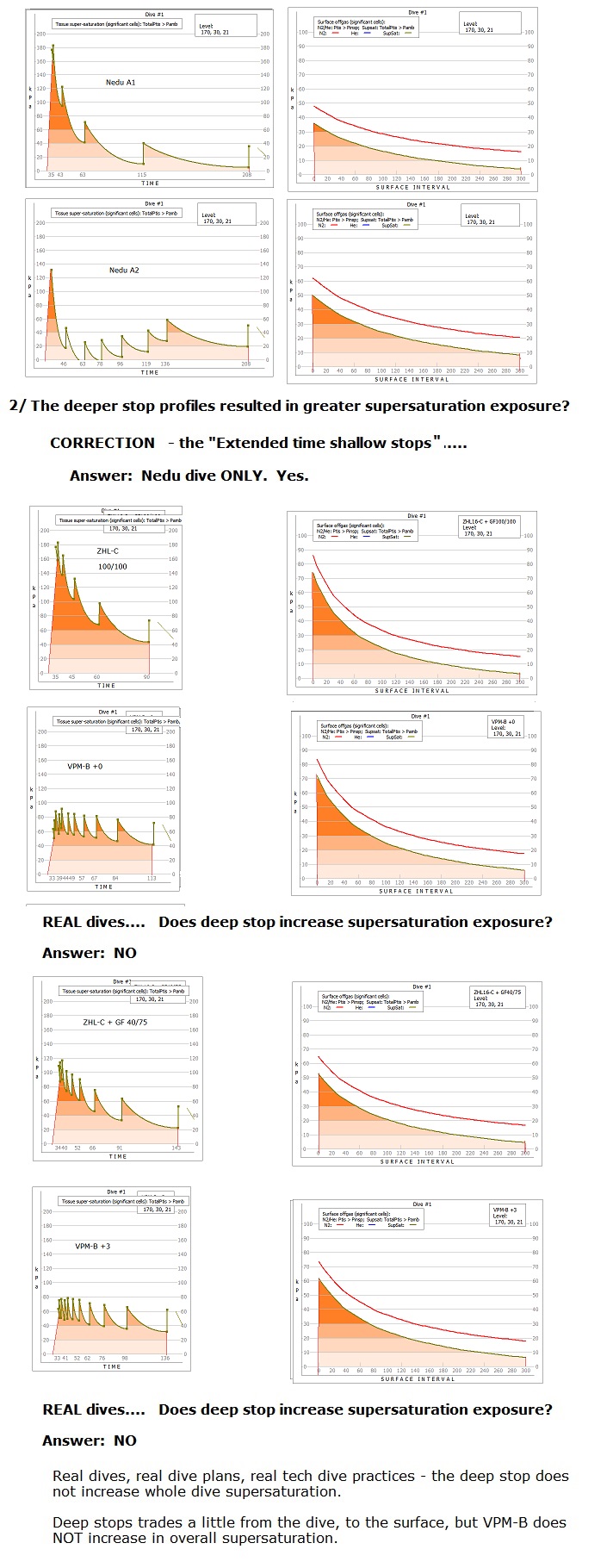emmbee
Registered
Sorry Mathiew,
if YOU think paper is wrong, YOU need to do formal review and reject the paper.
Let me get this straight...
When somebody who says things you like goes up against multiple papers by multiple respected authorities in the field, "we have seen lot of times simple man solve the most complicated enigmas where scientists didnt have a clue".
But when somebody who does not has a problem with two lines of high school level mathematics in one paper, "[HE] need to do formal review and reject the paper".
Are you kidding me?
In any case I didn't ask for the paper to be rejected.
The paper was published in "Computers in Biology and Medicine", and the topical part, computers, is reasonable enough (I'd have a few things to say about that too, but that's not the point).
What I'm asking you is whether you:
- agree with the paper that Haldane models give credit for undersaturation against supersaturation later (or before), in which case you're wrong, and so's the paper, as far as decompression theory is concerned.
- disagree with the paper that Haldane models do that, in which case you agree that the paper is wrong, again as far as decompression theory is concerned.
- or disagree with the paper that Haldane models do that, but that the paper does not in fact reflect what was done, in which case you agree that the paper is bad.
Simple. So which is it?
Cheers,
Matthieu




